wikiHow is a “wiki,” similar to Wikipedia, which means that many of our articles are co-written by multiple authors. To create this article, volunteer authors worked to edit and improve it over time.
This article has been viewed 59,974 times.
Learn more...
A behavior management plan is written for students with problematic behaviors that disrupt the learning process or classroom environment. The plan is developed by a team of educators and human behavior specialists who work with special education students in an Individualized Education Program (IEP). To learn how to write a behavior management plan, conduct interviews of teachers and family members, compile the information into a report, and schedule regular updates of the plan.
Steps
Making a Plan
-
1Conduct interviews and gather information.
- Interview the teacher who reported the child's behavior problem. Ask the teacher why the behavior is a problem, what his or her thoughts are about the child's behavior, and why he or she thinks the problem is occurring.[1]
- Talk to the student's former teachers to acquire information about the child's background and behavioral history. Interview the student's parents to learn more about the family dynamic and how it affects the student's behavior in school.
- Interview the student to determine why he or she has chosen the problematic behavior. Ask the student how he or she feels about the problematic behavior. Find out how the student thinks the behavior impacts others.[2]
- During your interviews, ask about the student's strengths. This information will help you to develop the behavior management interventions that will be a part of the student's plan.
- Review the student's school records to collect information on previous problematic behaviors and interventions, medical and mental health issues, family problems, and grades in current and previous classes.
-
2Write the behavior management plan.[3]
- Heading: At the top of your report, write the student's name, school, grade level, age, and the date the report was written.
- Strengths: List the student's strengths. For example, the student desires to participate in class discussions or has a positive response to receiving praise from the teacher. The listed strengths should be related to the student's classroom behavior.
- Student's Background Information: In this section, report on medical and mental health diagnoses, previous behavior problems, family issues, current medication, and learning difficulties (poor reading, writing or social skills).
- Previous Behavior Interventions: Note all interventions the student's teachers and/or family members have tried in the past to resolve the problematic behavior. State if the intervention was effective or not.
- Problematic Behaviors: The student may have more than one problematic behavior. Your behavior management plan should include the following information about each: A statement identifying the problem; the purpose of the behavior; and the behavior that should replace the problematic behavior.
- Interventions: Include the strategies that will be used to help the student change the problematic behavior and the acceptable documentation that will show the intervention is working. For example: An intervention may state that the student will change the behavior of not completing homework by turning in 4 homework assignments a week.
- Communication with Family: Your behavior management plan should include strategies for communicating with the student's family about his or her progress. This could include sending a note home with the student at the end of every week, scheduling a weekly phone call or reaching out by email.
- Crisis Management: Include a plan for managing the student's behavior problem if he or she refuses to follow instructions or loses control. Crisis management strategies may include time-out, detention or suspension, or contacting the police if the student acts out violently and becomes a danger to himself or others.
- You should also include a schedule in the plan for reviewing the student's progress.
Advertisement -
3Update the behavior management plan following a review or change in intervention.
- The plan should be revised after each scheduled review (usually at the end of every grading period) or when an intervention has been changed by a teacher or other member of the Individual Education Program team.[4]
- Updates will include the student's success in changing the problematic behavior; any major family or educational issues that arise; and any crisis events that the student experienced during the semester.
Sample Behavior Management Plan
References
- ↑ http://www.ldonline.org/article/6180/
- ↑ http://www.fldoe.org/core/fileparse.php/7590/urlt/0107234-tap99-3.pdf
- ↑ https://iris.peabody.vanderbilt.edu/module/jj1/cresource/q2/p05//
- ↑ https://www.ncbi.nlm.nih.gov/pmc/articles/PMC4167345//
- http://en.wikipedia.org/wiki/Individualized_Education_Program
- http://www.homeofbob.com/cman/intrvntns/behaviorManPln/sixStep.html

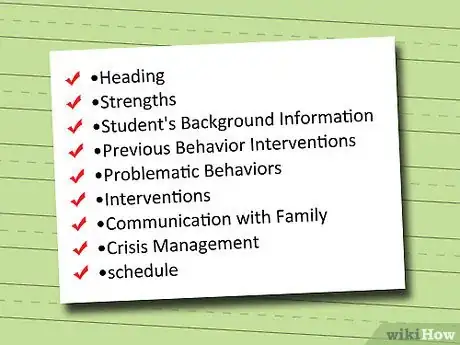
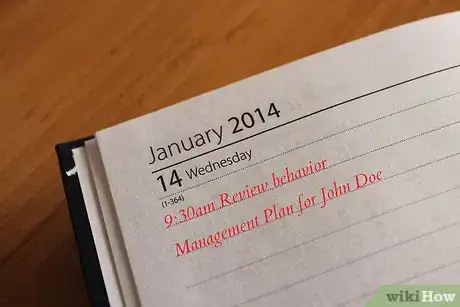
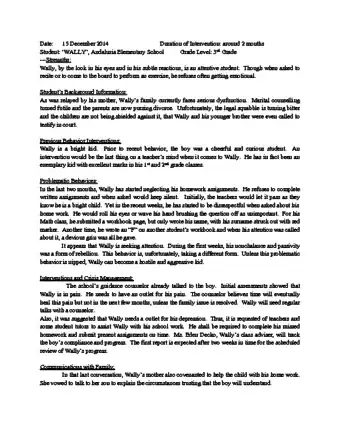






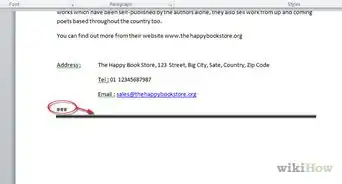


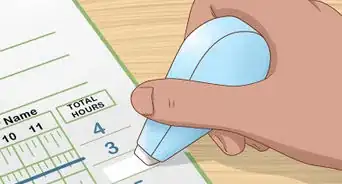

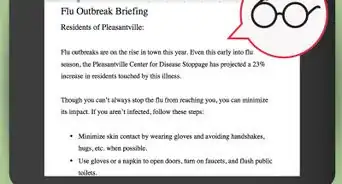
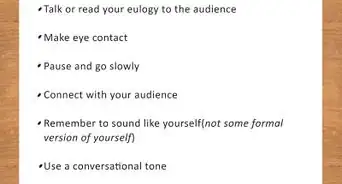














































Medical Disclaimer
The content of this article is not intended to be a substitute for professional medical advice, examination, diagnosis, or treatment. You should always contact your doctor or other qualified healthcare professional before starting, changing, or stopping any kind of health treatment.
Read More...